When exploring the world of LED lighting, one key term that often arises is LED color temperature, frequently measured in a unit called Kelvin (often miswritten as “Kevin”). Understanding LED color temperature is essential for selecting the right lighting to suit different environments.
This concept goes far beyond aesthetics; it influences mood, functionality, and even energy efficiency.
In this article, we’ll break down what LED color temperature truly means, clarify the role of Kelvin in defining light quality, and guide you in choosing the ideal color temperature for your lighting needs.
Understanding LED Color Temperature
LED color temperature refers to the appearance of light emitted by an LED source, typically described as warm, neutral, or cool. Measured in Kelvin (K), it helps determine how a space feels—cozy, bright, or clinical—and plays a key role in both aesthetics and functionality.
What is Kelvin Scale?
The Kelvin scale is a thermodynamic temperature scale used to quantify the color temperature of light sources, including LEDs. Named after British physicist Lord Kelvin, it begins at absolute zero (0 K), the point at which all molecular motion ceases.
In LED lighting, the Kelvin scale represents the hue of light emitted from a theoretical blackbody radiator as it is heated. As the temperature increases, the color of the light shifts from red to orange, then to white, and eventually to blue. This progression allows manufacturers and lighting professionals to classify LED lights according to the warmth or coolness of their emitted light, typically ranging from 1,000 K to 10,000 K for practical applications.
- Lower Kelvin values (e.g., 2700K–3000K) produce warm white light with a yellow or orange tint, commonly associated with residential and hospitality environments.
- Mid-range values (around 4000K) emit a neutral white light, balancing warmth and clarity
- Higher Kelvin values (5000K–6500K) generate cool white to daylight-like light with a bluish cast, often used in commercial, industrial, or outdoor settings.
Understanding the Kelvin scale is essential for selecting the right LED color temperature, ensuring that the lighting matches the desired visual tone, application, and psychological effect.
LED Color Temperature Chart
LED color temperature is not only a scientific measurement but also a practical tool for choosing lighting that fits the function and atmosphere of a space. Different environments call for different tones of light to support comfort, productivity, or aesthetic appeal.
By referring to a color temperature chart, homeowners, designers, and facility managers can make informed decisions that enhance both visual performance and mood. The chart below outlines common color temperature ranges and their ideal applications across various indoor settings.
| Color Temperature (Kelvin) | Light Appearance | Common Applications |
|---|---|---|
| 2700K – 3000K | Warm White | Living rooms, bedrooms, restaurants, hotel lobbies |
| 3000K – 3500K | Soft White | Kitchens, hallways, retail stores |
| 3500K – 4100K | Neutral White | Offices, conference rooms, schools |
| 5000K – 5500K | Cool White | Garages, hospitals, laboratories, makeup studios |
| 6000K – 6500K | Daylight / Bright White | Industrial areas, warehouses, photography studios |
This chart serves as a practical reference for aligning lighting conditions with their intended environment, helping achieve the right balance between functionality and ambiance.
How Do We Perceive Color Temperature?
Our perception of color temperature is closely linked to both physiological and psychological responses to light. The human eye perceives light through cone cells in the retina, which are sensitive to different wavelengths corresponding to red, green, and blue.
When exposed to varying LED color temperatures, our brains interpret the blend of wavelengths as "warm" or "cool" light. Warm light (typically under 3000K) contains more red and yellow tones, which we associate with sunrise, sunset, or candlelight—evoking feelings of warmth, relaxation, and comfort.
In contrast, cooler light (above 5000K) contains higher levels of blue wavelengths, which resemble daylight and are often perceived as crisp, alert, and energizing.
Choosing the Right LED Color Temperature
Selecting the appropriate LED color temperature is crucial for optimizing both the appearance and functionality of a space. The choice should reflect the purpose of the environment, the time of day the space is used, and the mood or atmosphere you want to create.

Best for Relaxation Spaces
Warm white light in the range of 2700K to 3000K is ideal for spaces intended for relaxation, such as bedrooms, living rooms, and lounges.
This color temperature mimics the gentle glow of incandescent bulbs or candlelight, promoting a sense of calm and comfort. It’s especially beneficial during the evening when softer lighting helps support natural sleep cycles.
Best for Task-Oriented Areas
For areas where concentration and visibility are essential—like kitchens, bathrooms, or home offices—cooler white light between 4000K and 5000K is recommended.
This range provides a crisp, bright illumination that enhances visual clarity and reduces eye strain. It also helps boost alertness, making it suitable for spaces used during active hours of the day.
Best for Work and Study
In professional or academic settings such as offices, study rooms, or classrooms, a neutral to cool white light between 3500K and 4500K works best.
This balance maintains sufficient brightness without being overly harsh, supporting productivity while maintaining a comfortable working atmosphere. It’s also effective in reducing fatigue during long hours of focused activity.
Best for Decorative or Accent Lighting
When using LED lights for decorative purposes or to highlight architectural features, the color temperature can vary depending on the desired effect.
Warmer tones (2700K–3000K) create a cozy and elegant ambiance, while cooler tones (5000K–6500K) add a modern, vivid feel. The key is to ensure consistency with the overall lighting design to maintain a cohesive visual experience.
How to Choose Color Temperature for Stage Lighting?
In stage lighting, color temperature plays a pivotal role in shaping the visual narrative, enhancing the audience's emotional response, and ensuring performers and sets are rendered accurately on camera or to the naked eye.
The right choice depends on the setting, the mood being conveyed, and the integration with other lighting and visual elements. Below are three key considerations to help guide the selection of LED color temperature for stage applications.
Matching Color Temperature to the Performance Mood
Different performances call for different emotional tones, and color temperature is a subtle yet powerful tool in creating these effects.
- Warmer color temperatures (around 2800K–3200K) evoke intimacy, nostalgia, or drama—commonly used in theatrical plays, classical concerts, or storytelling scenes.
- Cooler temperatures (5600K and above), on the other hand, can convey energy, clarity, or futuristic themes, often found in pop concerts, dance shows, or tech-driven productions.
Balancing with Ambient and Fill Lighting
Stage environments often include a mix of key, fill, and background lighting, which must be harmonized for visual consistency.
Choosing an LED color temperature that complements existing ambient lighting—whether it's daylight from windows or artificial fixtures—ensures that skin tones, costumes, and scenery appear natural and balanced.
For example, using 3200K lighting on performers with a 5600K background can create undesirable visual contrast unless purposefully done for effect.
Optimizing for Camera and Livestreaming
When performances are filmed or live-streamed, accurate color rendering becomes critical. Daylight-balanced LEDs (approximately 5600K) are typically preferred in such cases, as they offer a neutral tone that works well with most camera sensors and avoids color distortion. This helps achieve true-to-life visuals on screen, minimizes post-production corrections, and ensures a professional presentation across digital platforms.
Conclusion
Understanding LED color temperature is essential for creating the right lighting atmosphere in any space. By using the Kelvin scale as a guide, you can select lighting that enhances comfort, focus, or visual impact. Whether for home, work, or stage, the right choice makes all the difference.
FAQs for LED Color Temperature
Q: What is the best LED color temperature?
A: It depends on the application—2700K–3000K for cozy spaces, 4000K for work areas, and 5000K–6500K for daylight-like clarity.
Q: What is brighter, 3000K or 6000K?
A: 6000K appears brighter and cooler due to its higher blue light content, though actual brightness also depends on lumens.
Q: What does 5000K color temperature mean?
A: 5000K represents a cool white light, similar to natural daylight—ideal for workspaces and photography.
Q: What does color temperature 4000K mean?
A: 4000K offers a neutral white tone, balancing warmth and brightness—commonly used in offices and kitchens.









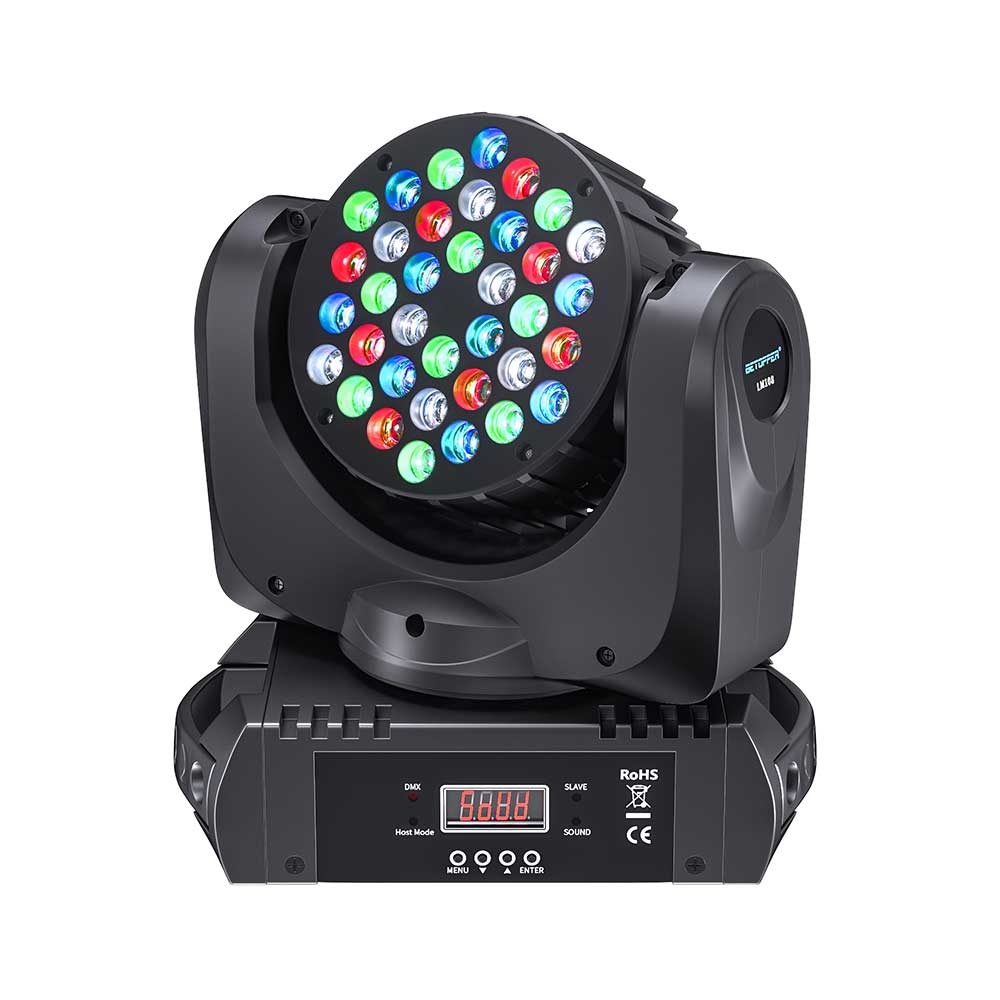
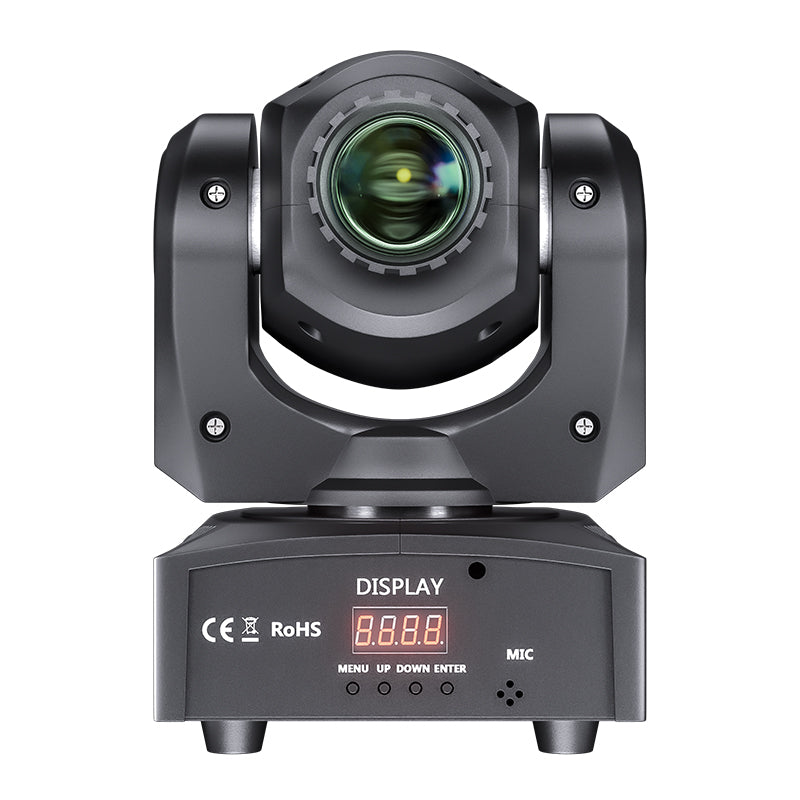



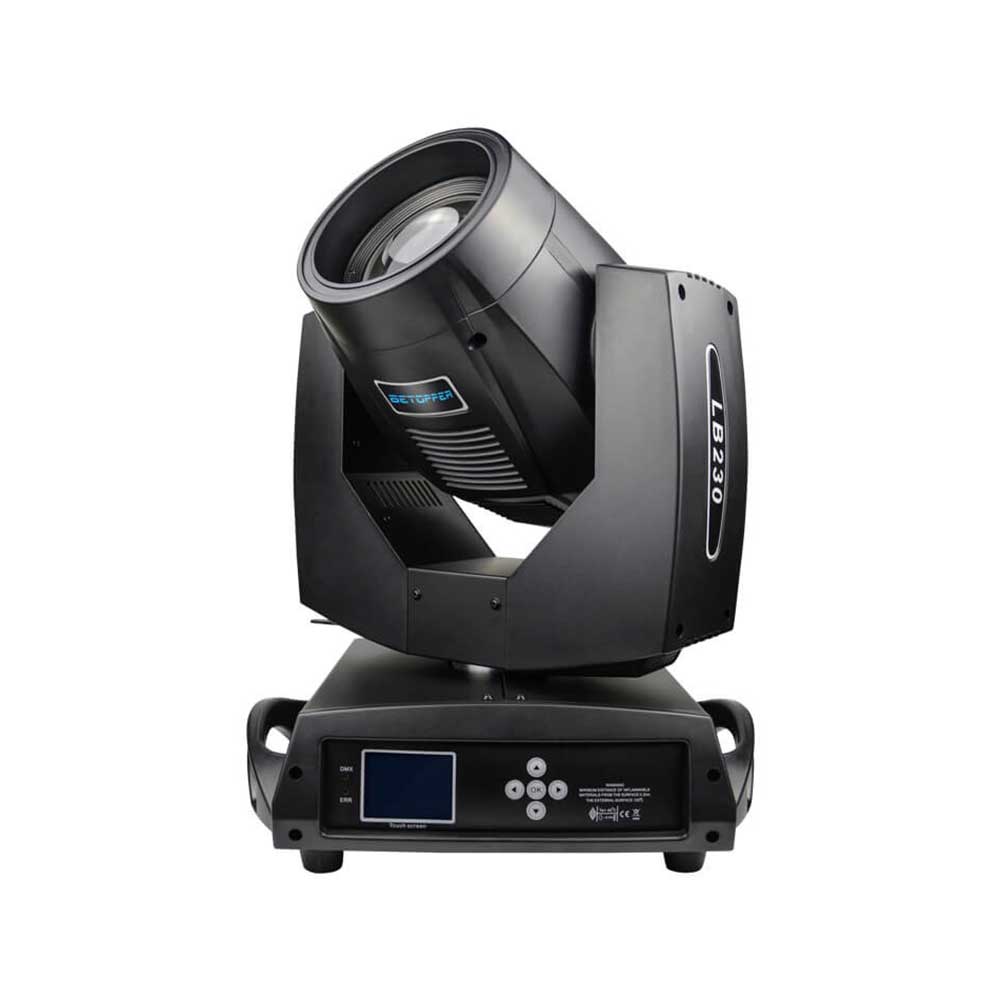

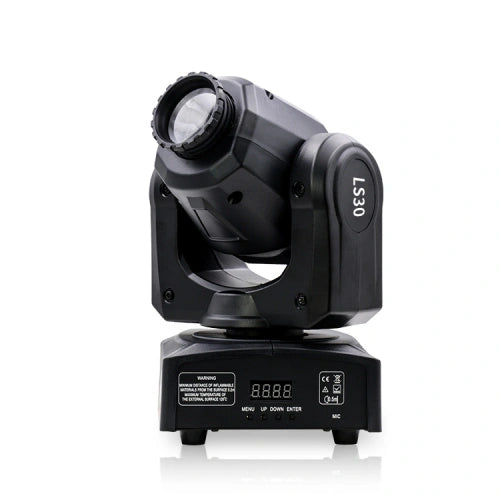









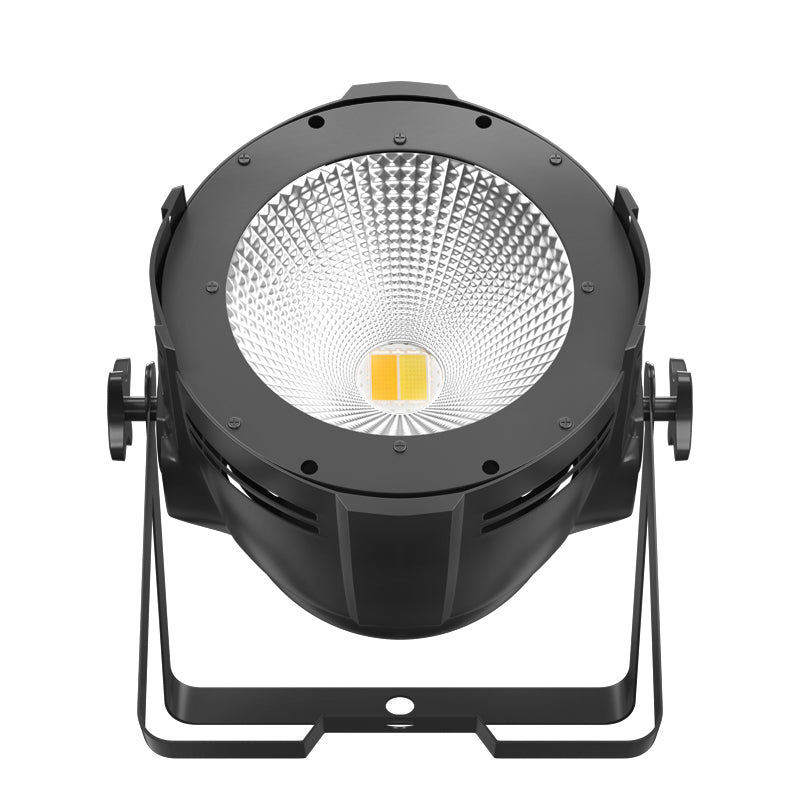


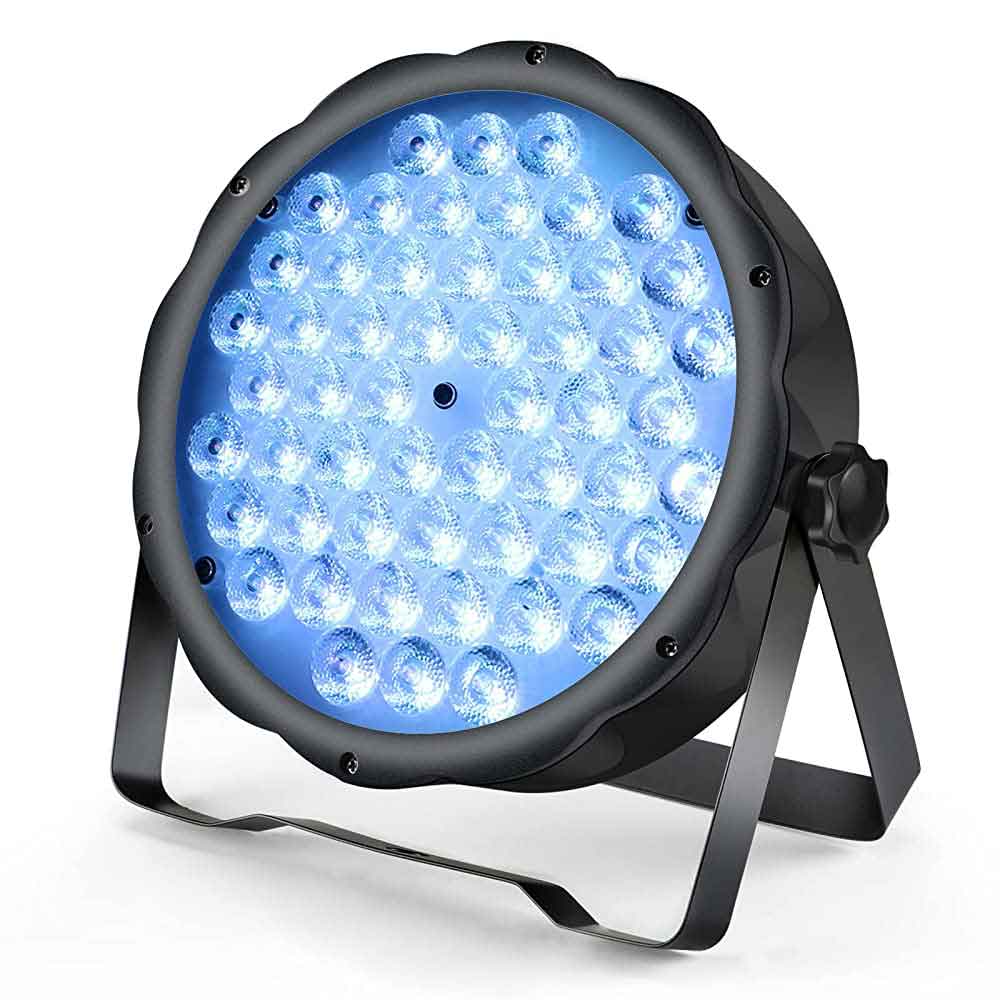
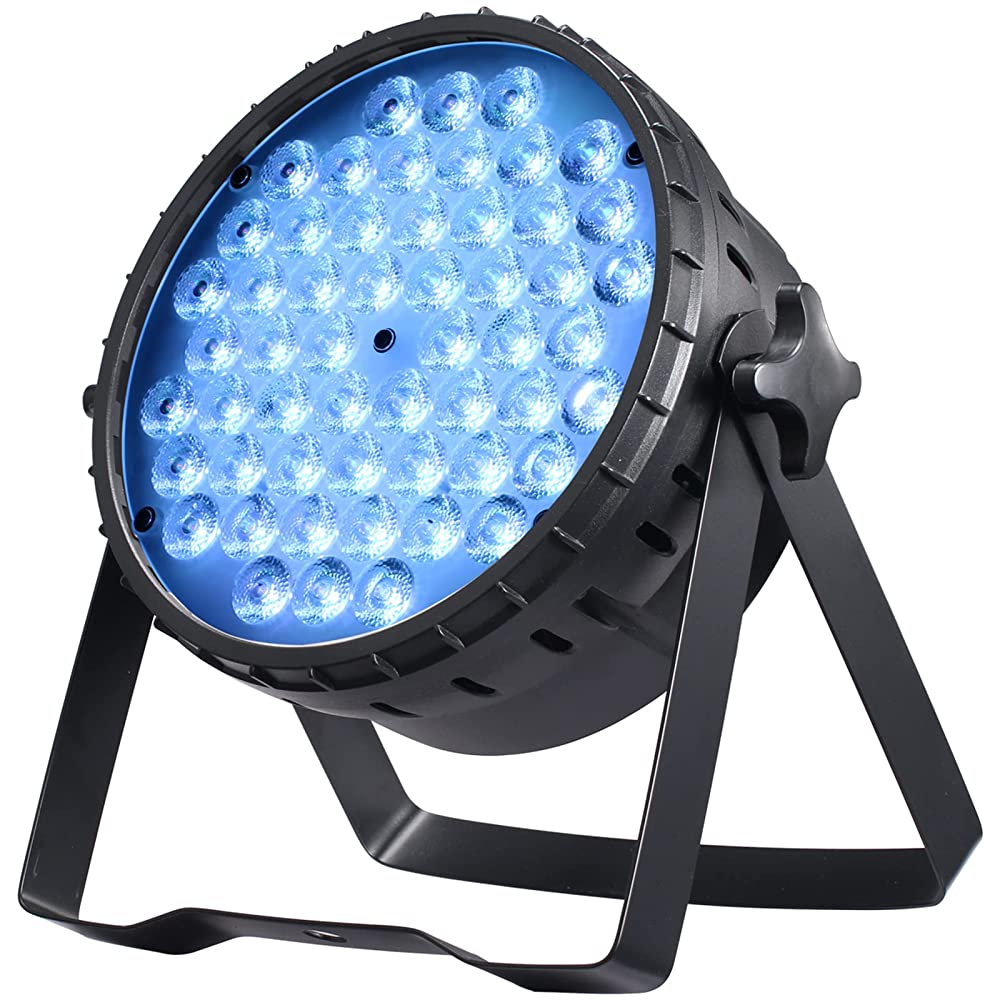

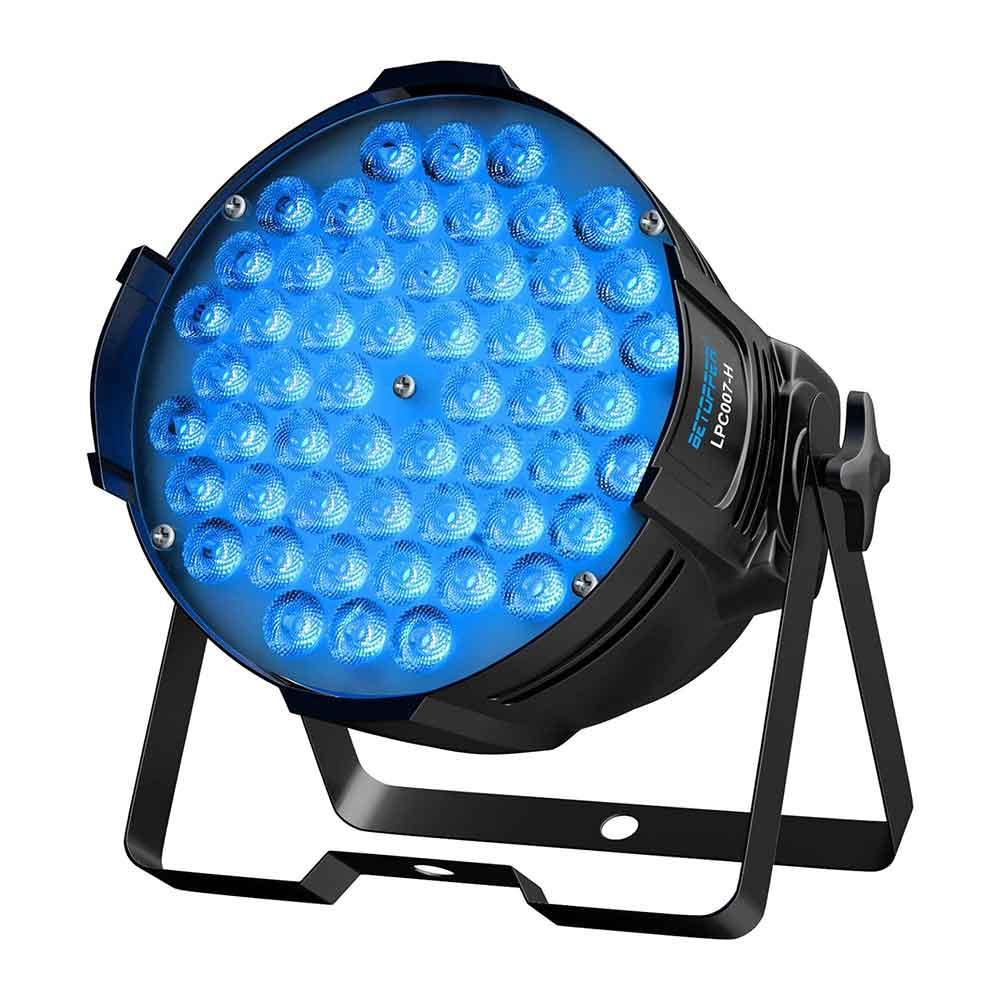


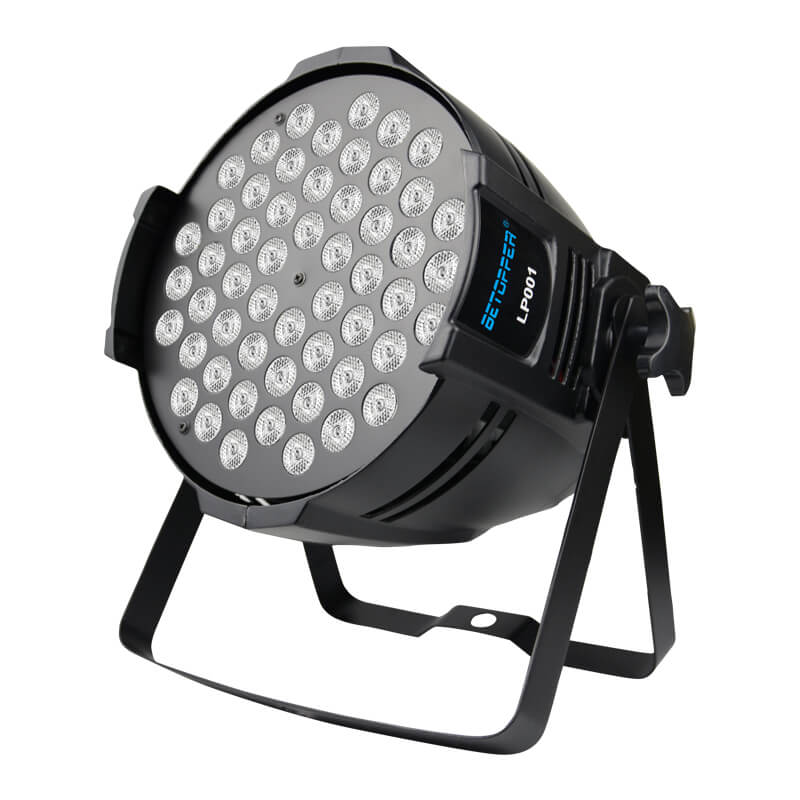




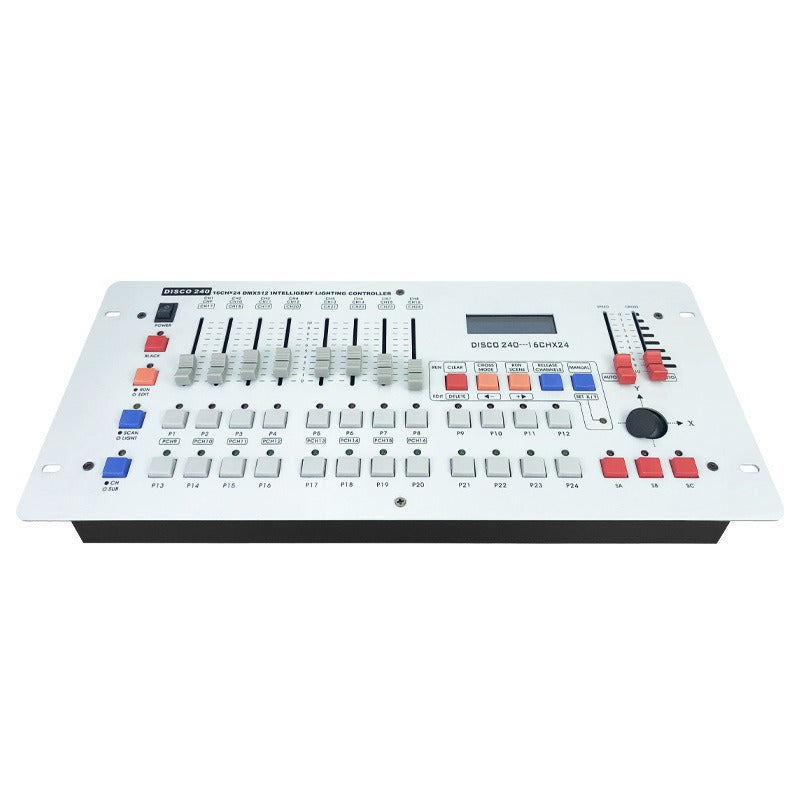
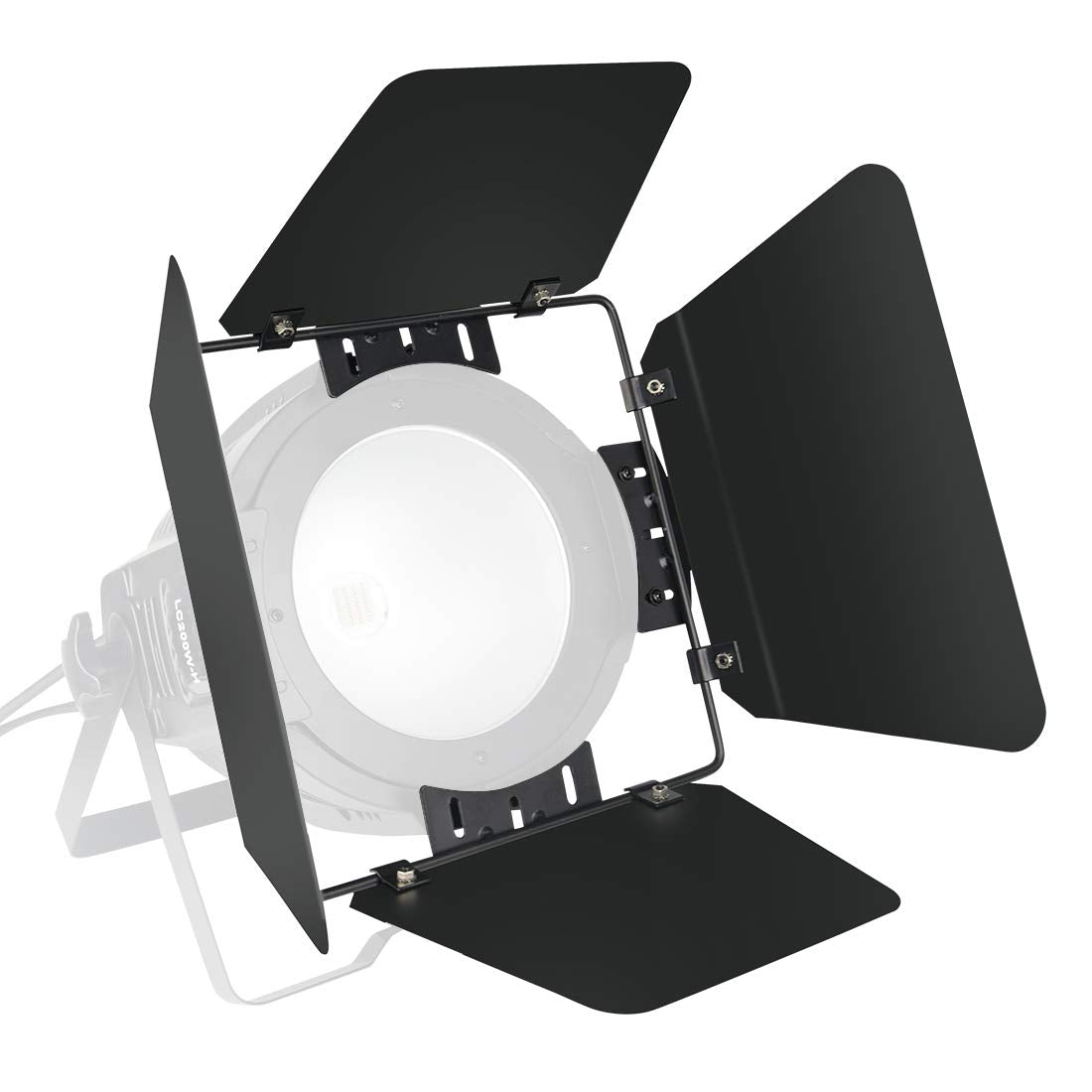
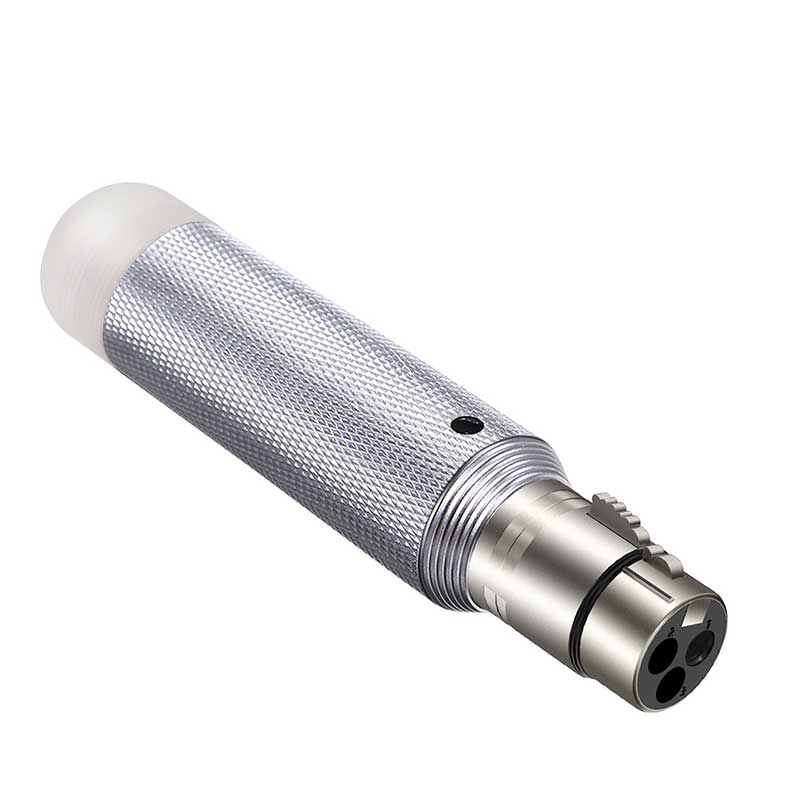
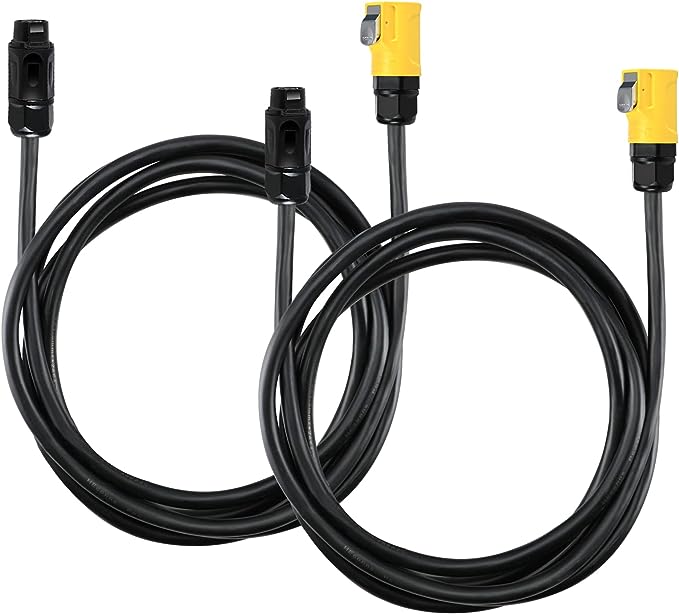
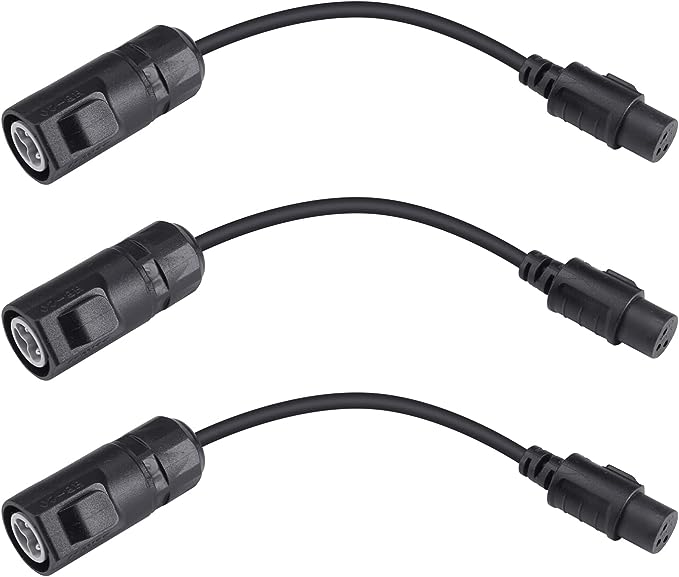

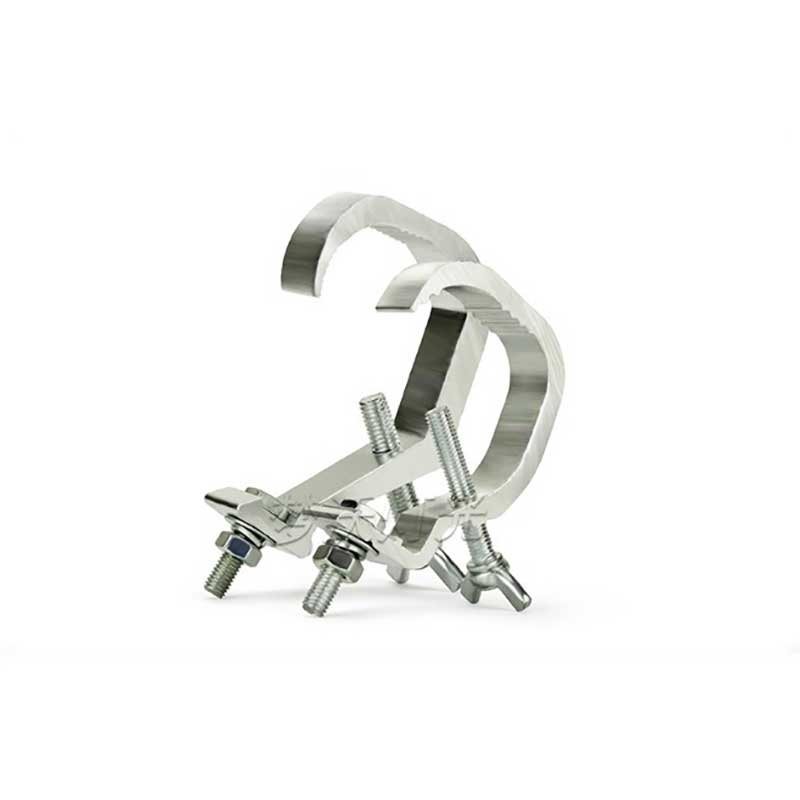
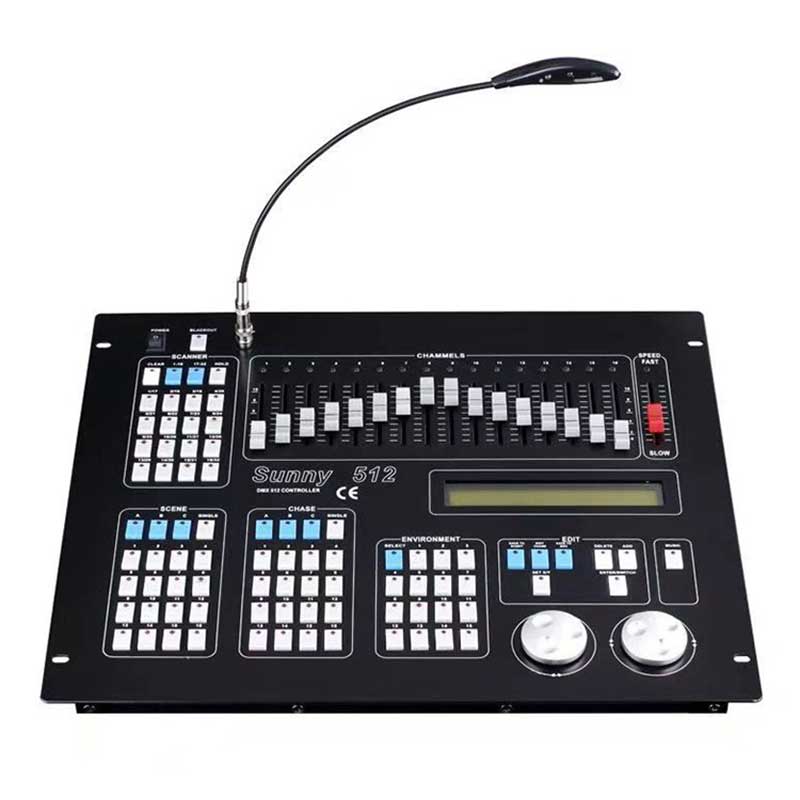
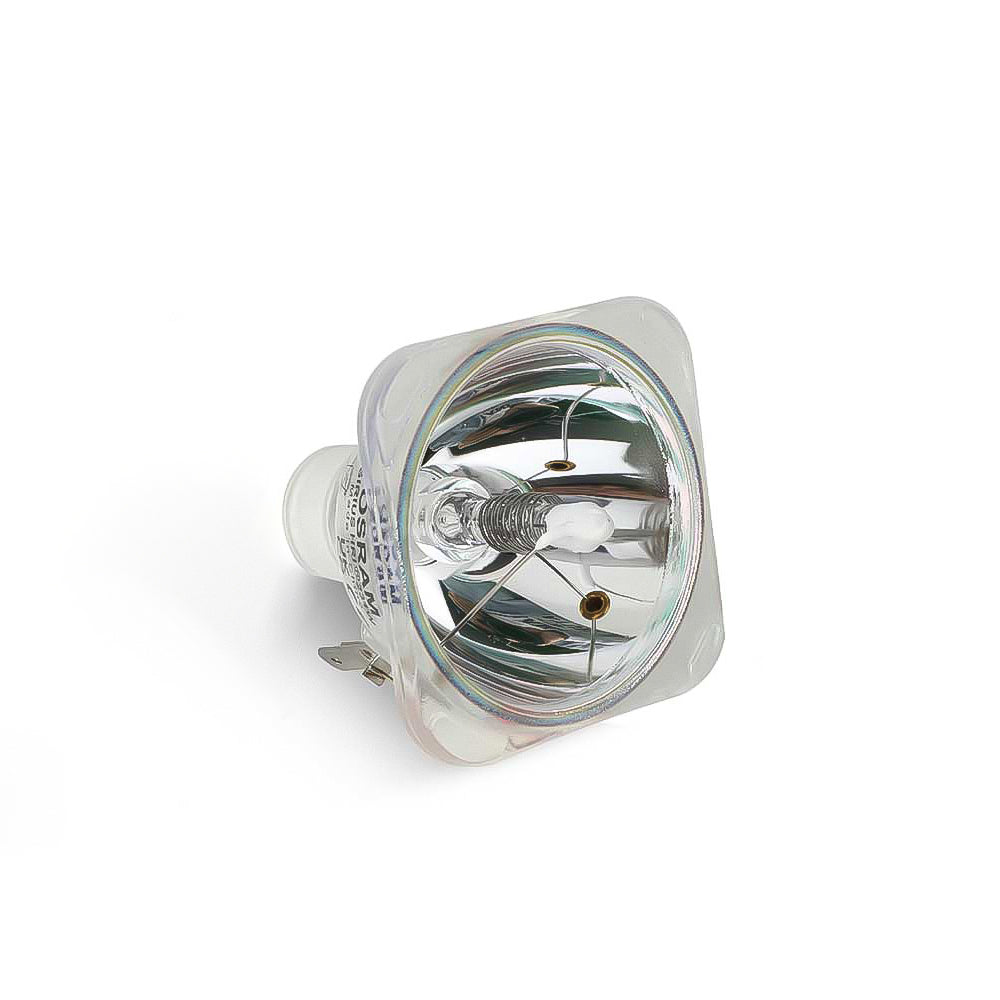

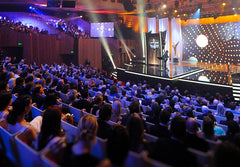
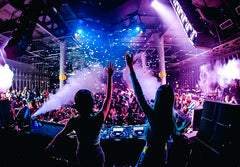




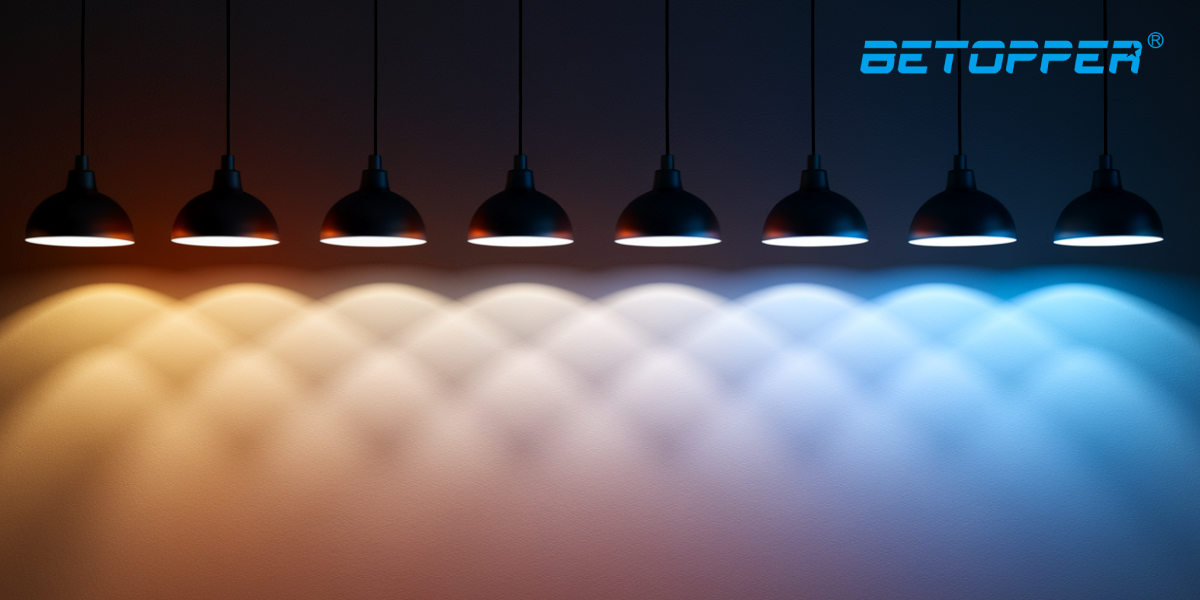
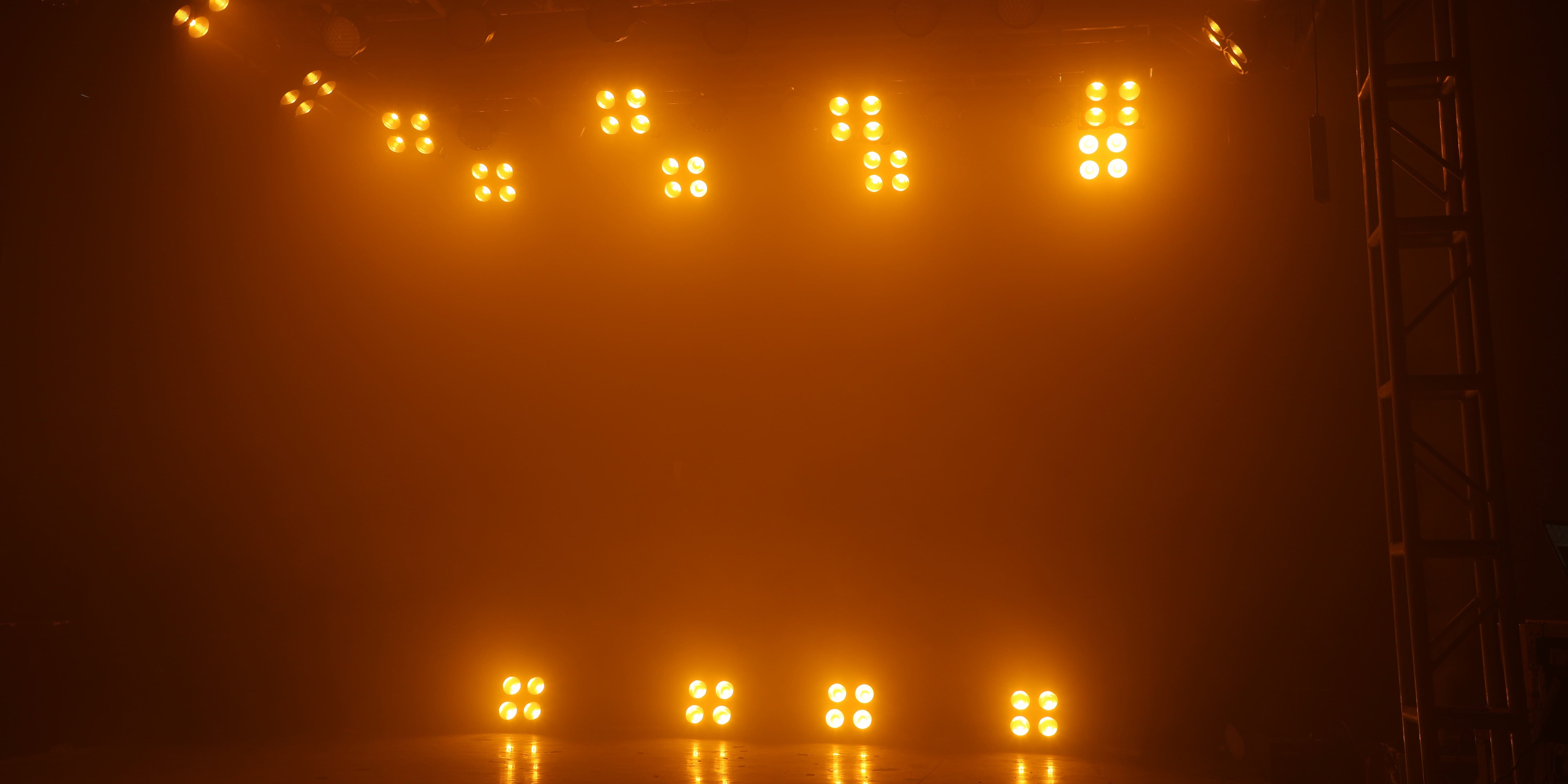
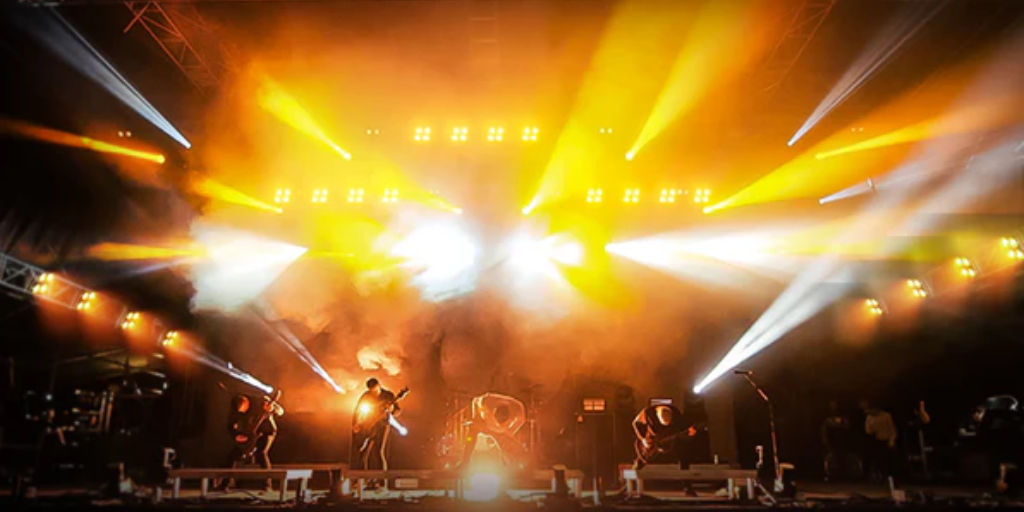
Leave a comment
This site is protected by hCaptcha and the hCaptcha Privacy Policy and Terms of Service apply.